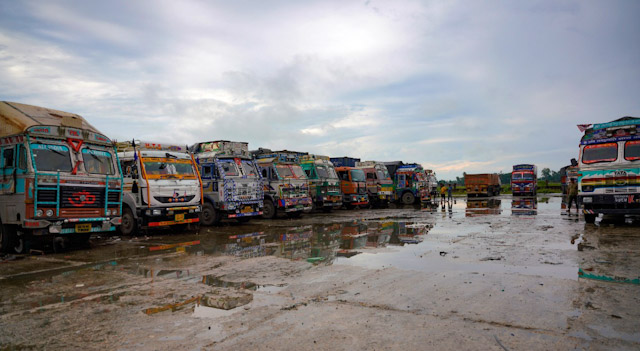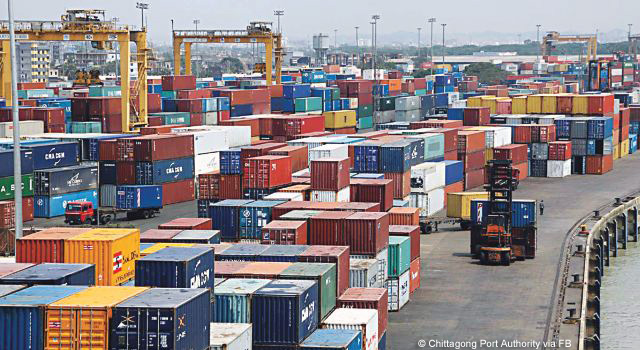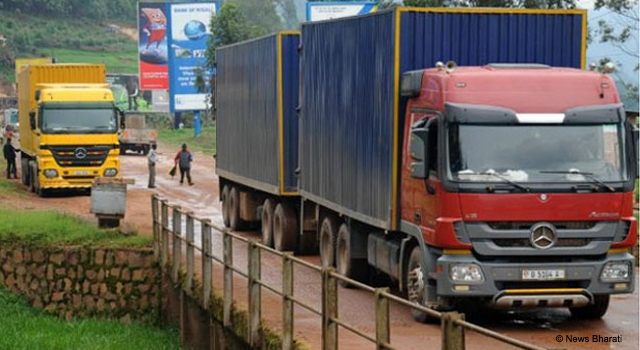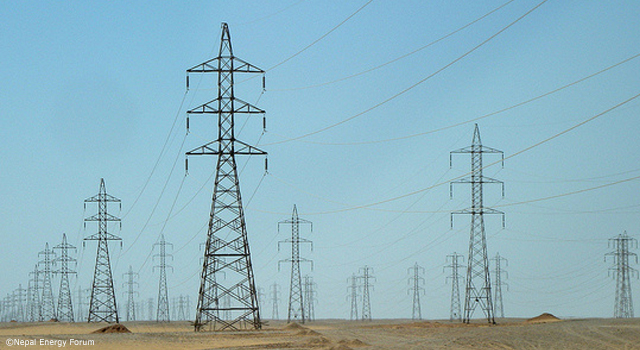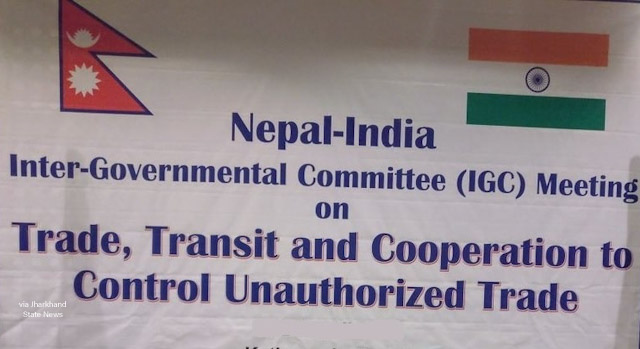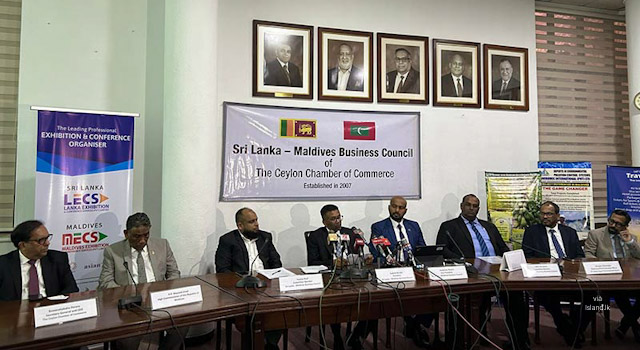
Nepal Budget Emphasizes Air, Road Connectivity
14 July 2015

The Government of Nepal unveiled a number of infrastructure projects for transport and energy to further increase the country's economic growth in its budget for fiscal year 2015-2016, announced on 14 July 2015 by Nepal Finance Minister Ram Sharan Mahat.
The Ministry of Physical Infrastructure and Transport Management received an increase of 25% from the budget. With total allocation of about $531 million from the total budget of around $8.11 billion, planned road projects to boost transport connectivity include:
- Construction of the Kanti Rajpath Highway, an alternate link road to Kathmandu that will allow faster movement of cargo;
- Development of six-lane trade roads in Biratnagar, Janakpur, Birgunj, Bhairahawa, Nepalgunj and Dhangadi, and the trade route in Kathmandu-Mugling-Rasuwagadi;
- Widening of the East-West Highway from two to four lanes;
- Construction of the Kathmandu-Terai Fast Track Road; and
- Construction of the Postal Highway.
About 170 bridges will also be completed under this funding line, along with strategic road sections in the Terai-Madhesh region.
Furthermore, the Government is also prioritizing development of airports, allocating around $17.2 million for expansion of the Tribhuvan International Airport and $24.61 million for development of Bhairawa's Gautam Buddha Airport into a regional international airport. Smaller airports in Rajbiraj, Nepalgunj, Dhangadhi, and Biratnagar will also be upgraded.
Around $449.8 million is allocated to the energy sector for the production, transmission and distribution of electricity, and another $125.2 million is set aside to develop transmission lines, with the Government enjoining the private sector to construct transmission lines under build and transfer modality.
Several hydropower projects will also be developed for national and international trade under an electricity trading company being set up by the Government. Studies will be carried out for Karnali-Chisapani, Naumure, Sunkoshi, Upper Arun, Andhikhola and Uttar Ganga pojects, and plans are underway to sign the development of 800 megawatt Tamakoshi III and 400 MW Marshyangdi Hydropower Projects.
The South Asia Subregional Economic Cooperation (SASEC) Program—through loan and grant programs including the $97 million SASEC Road Connectivity Project and $76 million Subregional Transport Enhancement Project—is helping Nepal upgrade its road network to improve connectivity within the country and between Nepal and its neighbors, develop major international trade corridors, and modernize Customs systems to boost trade, aligned with the Government's objectives. With support from the Asian Development Bank, SASEC aims to help boost the economy in the project areas and integrate them more effectively with their primary markets in India, and with markets beyond.
Related Links:



